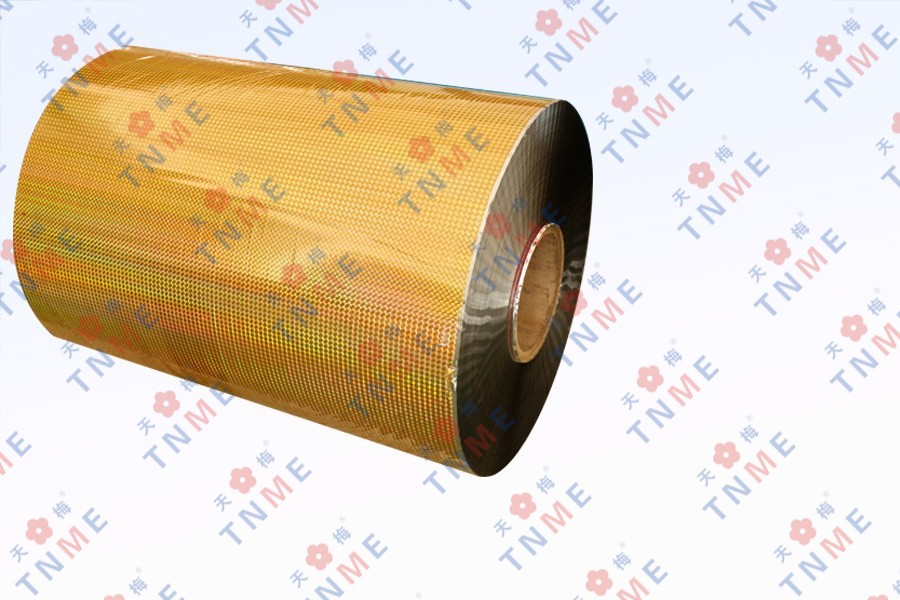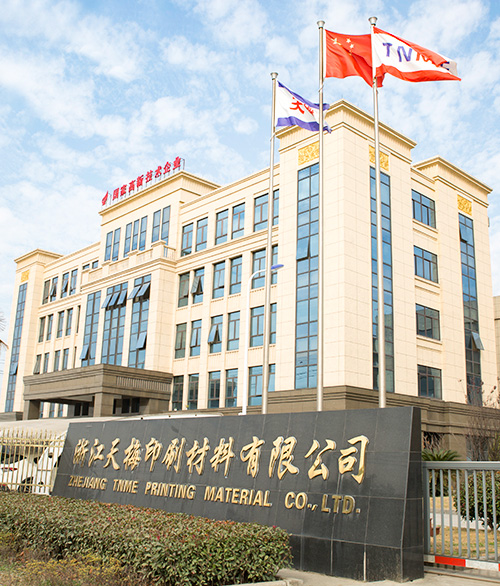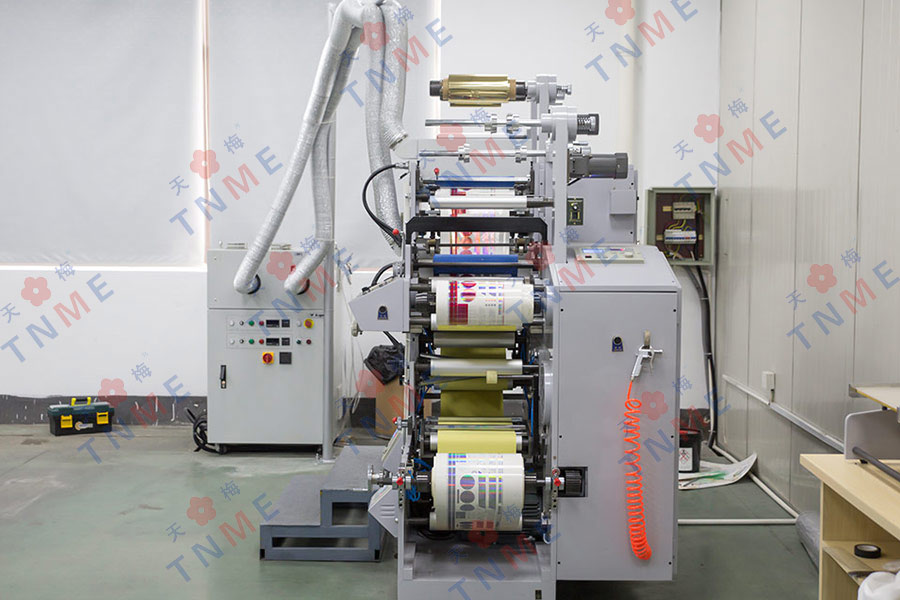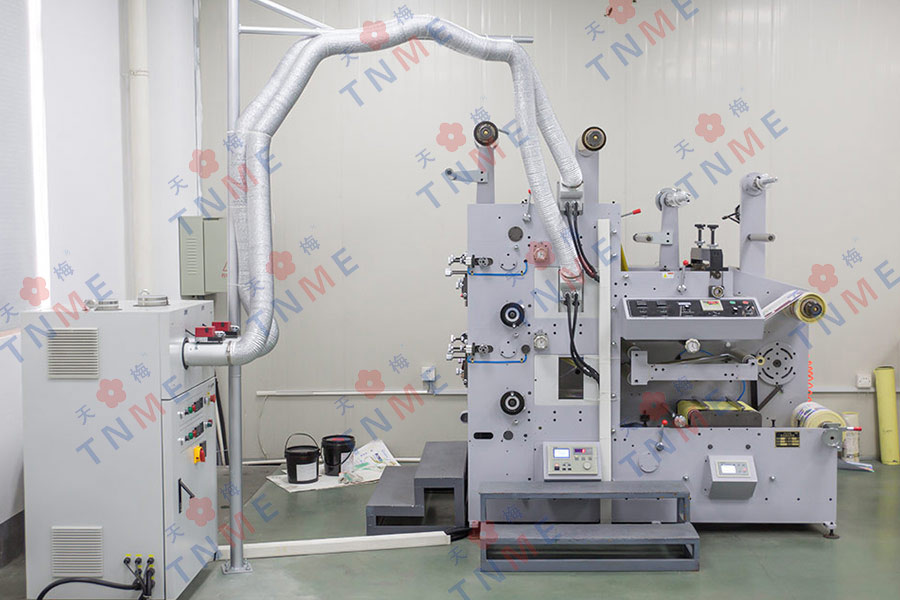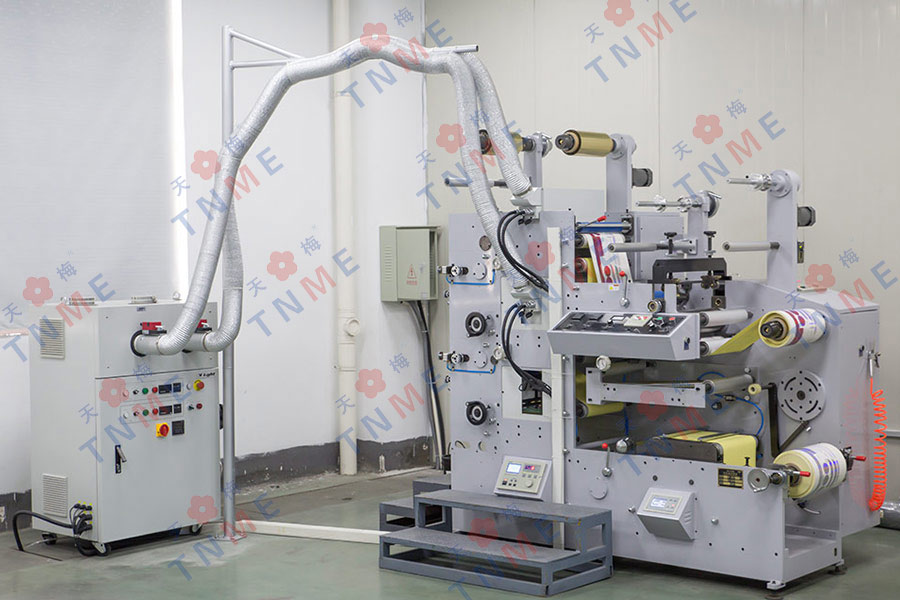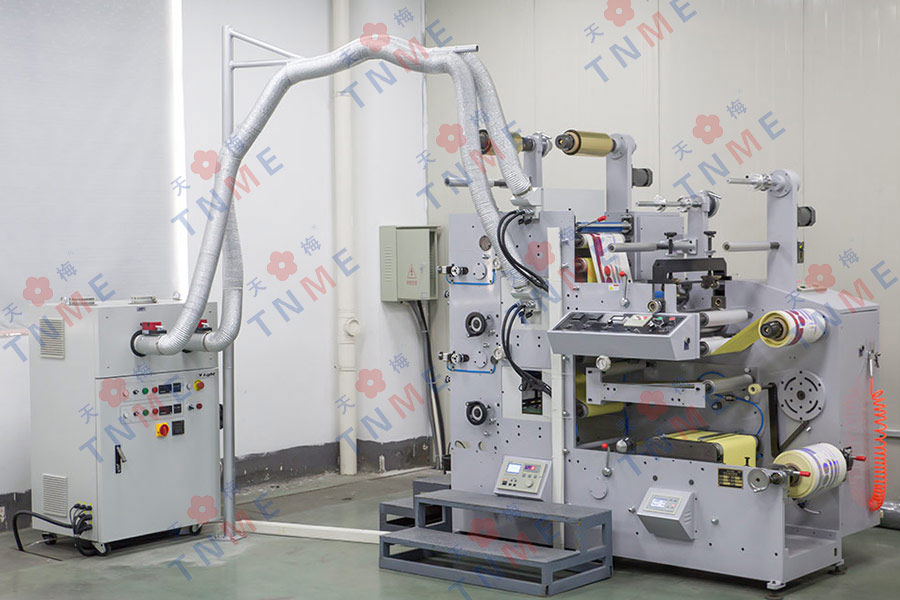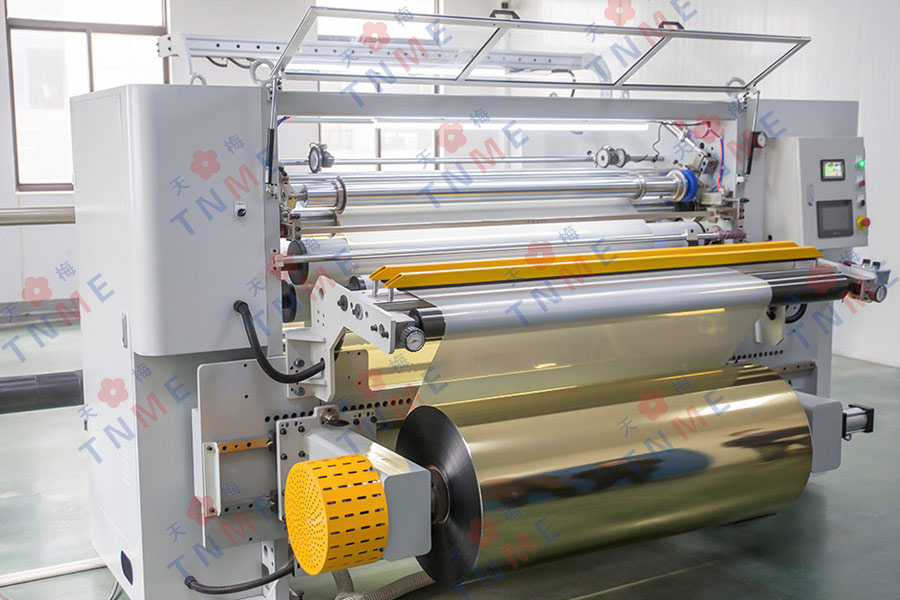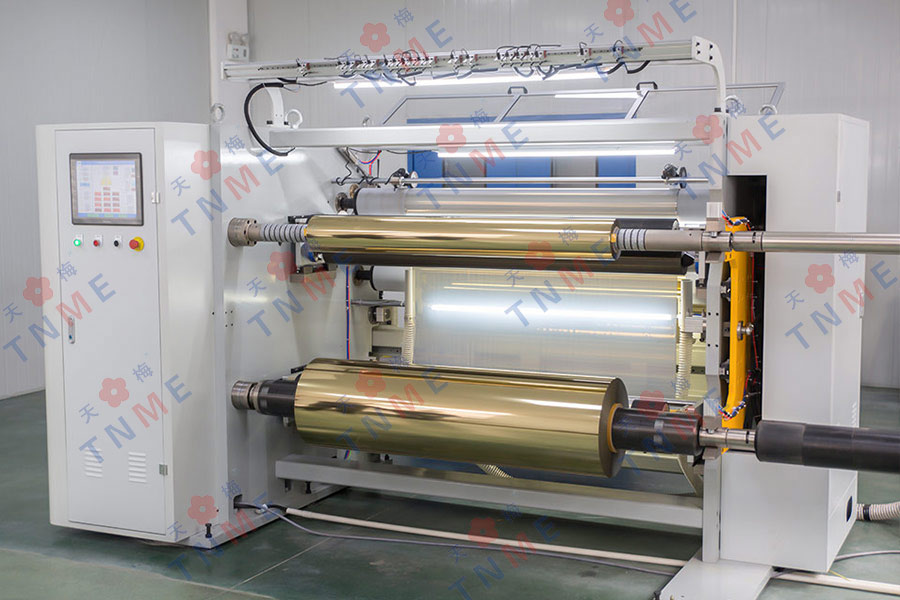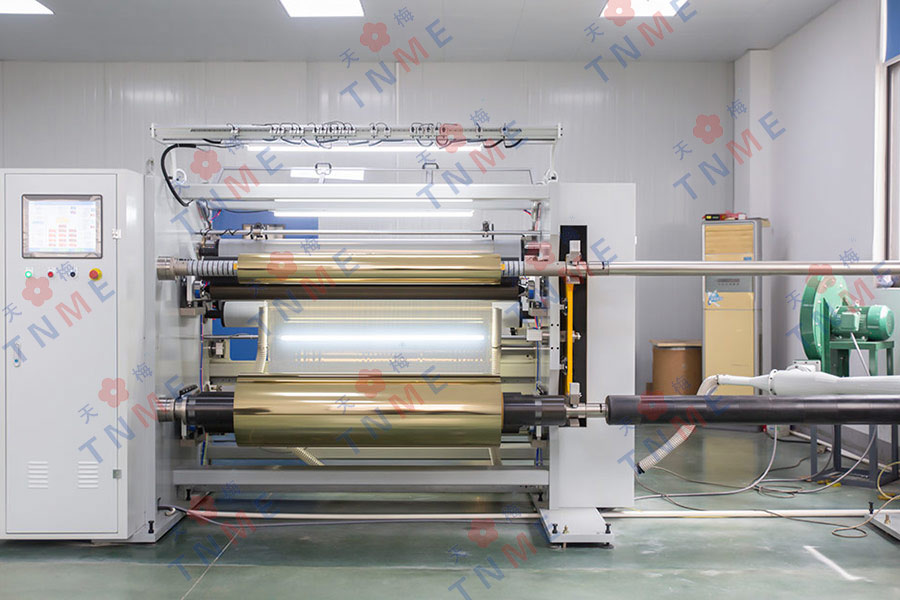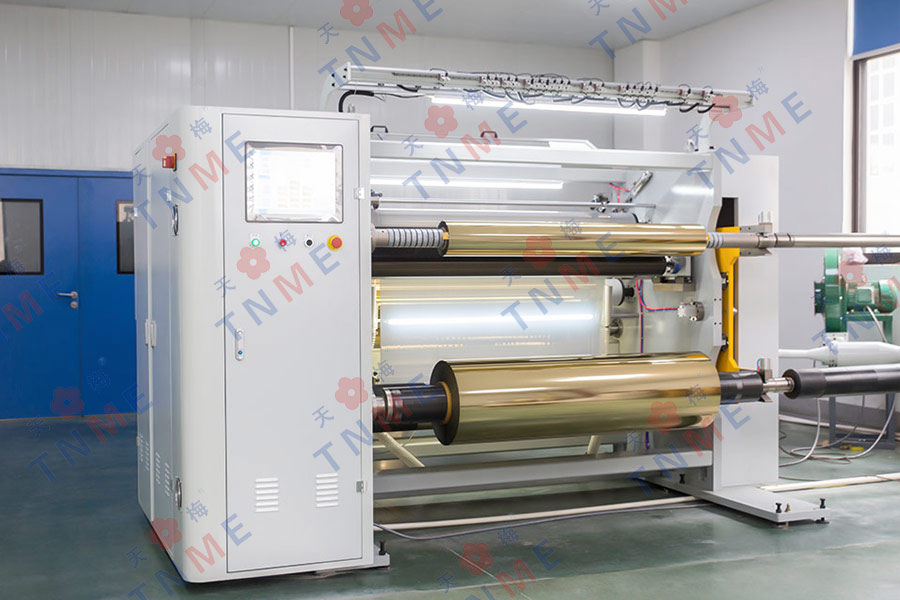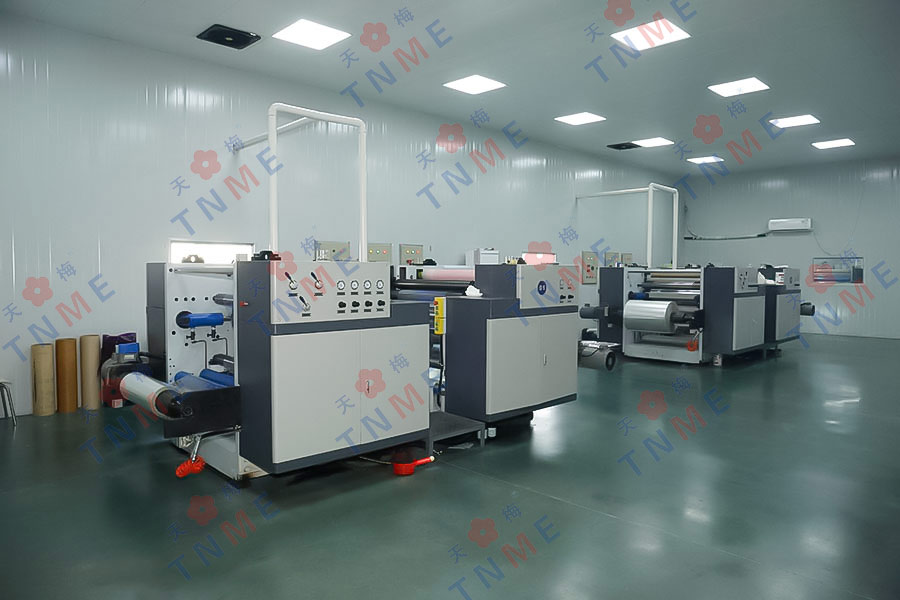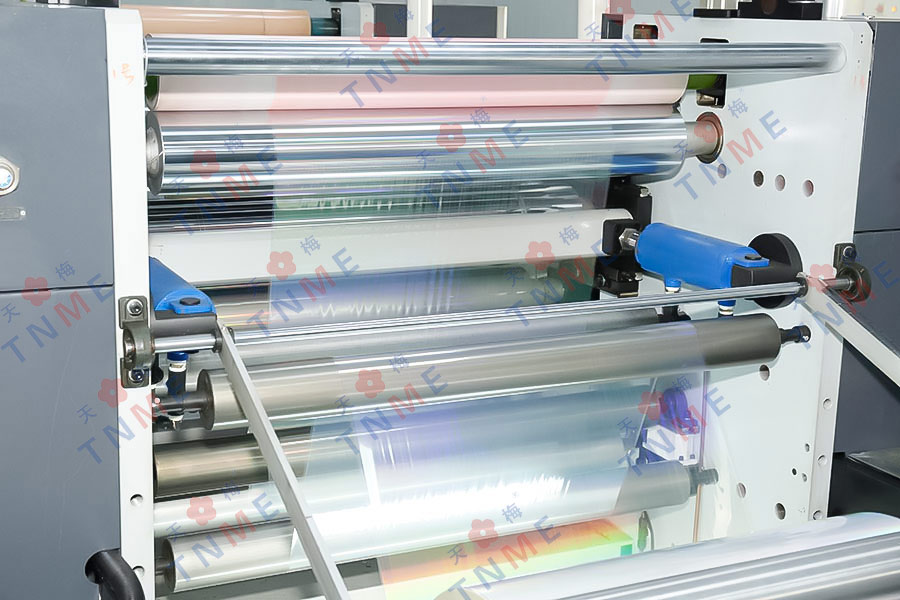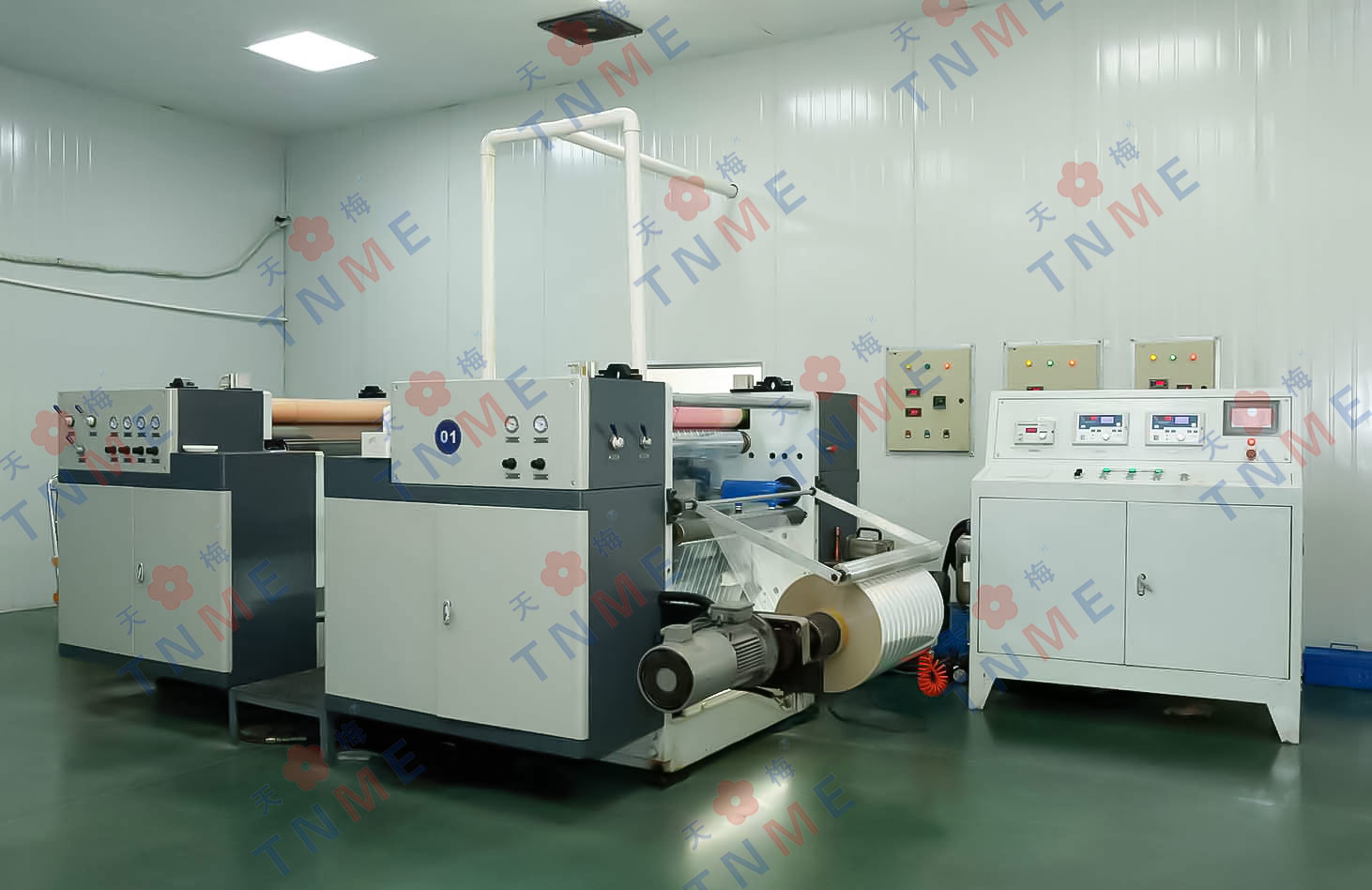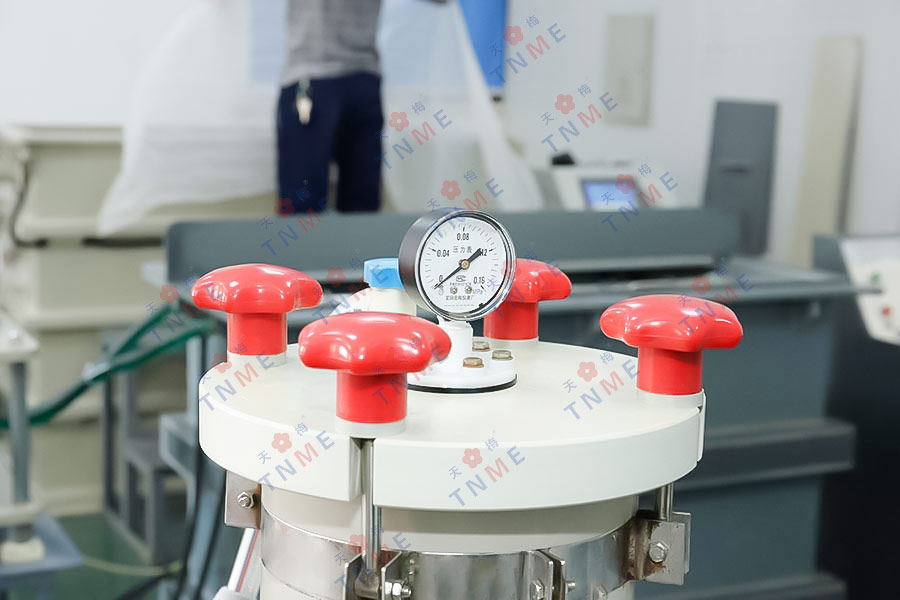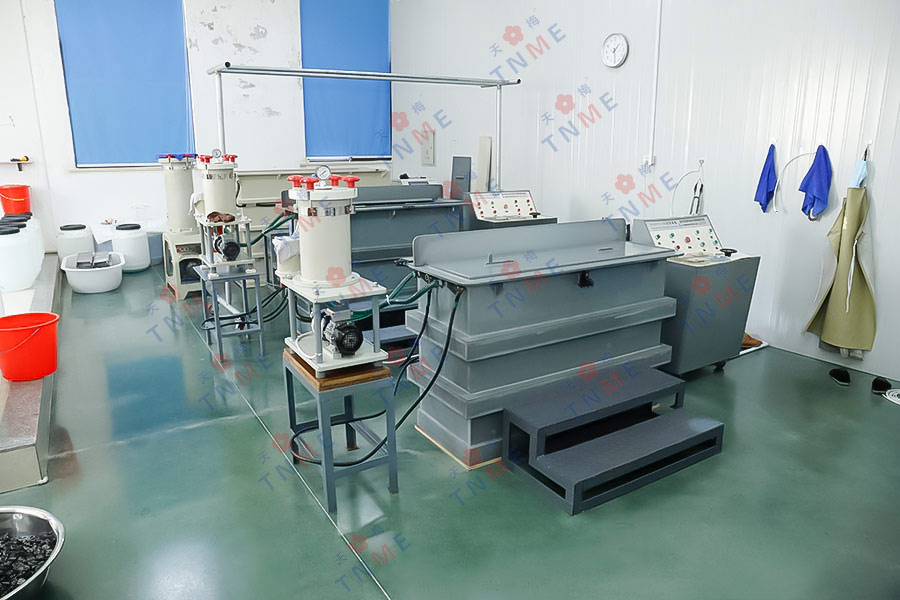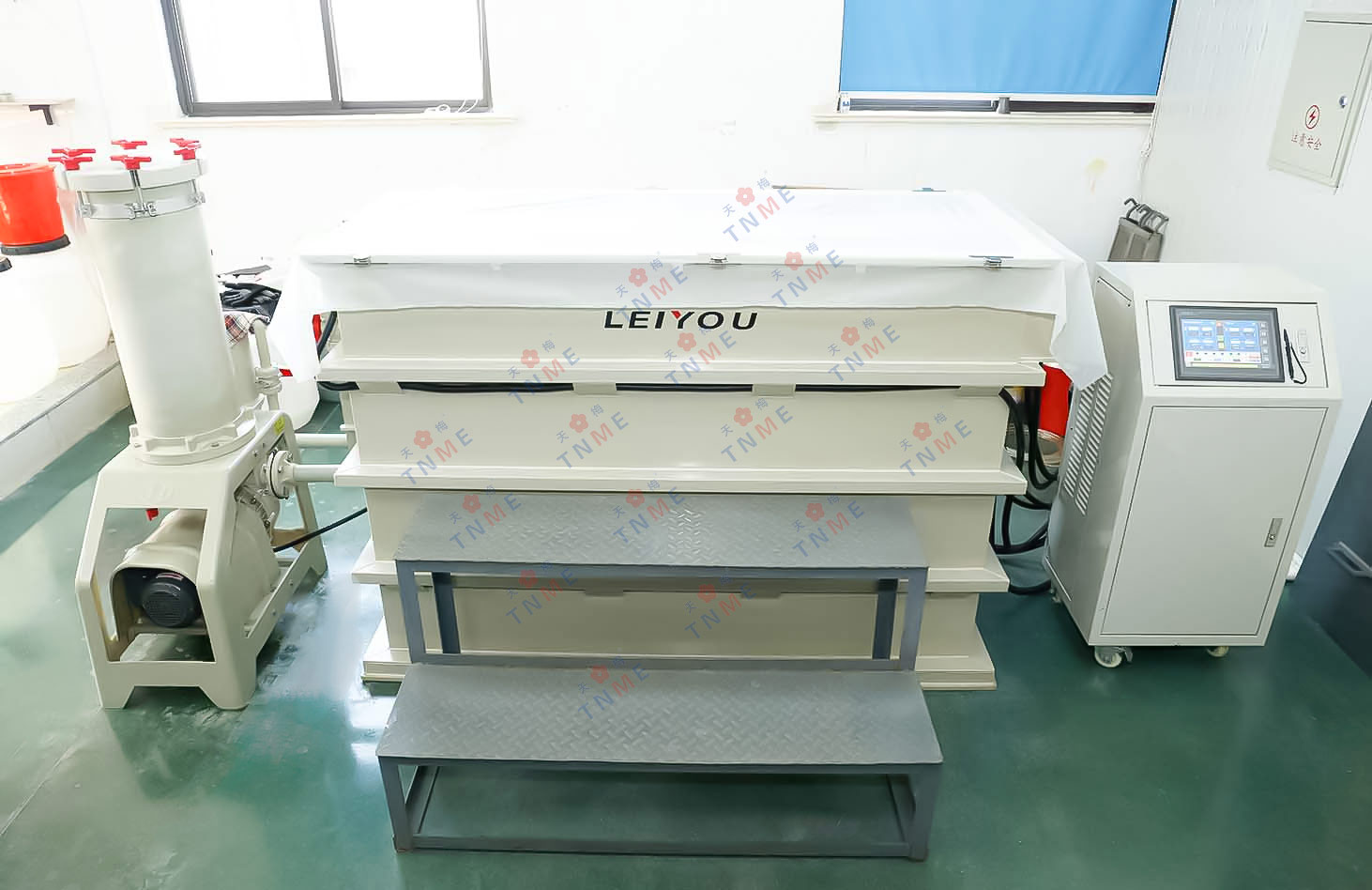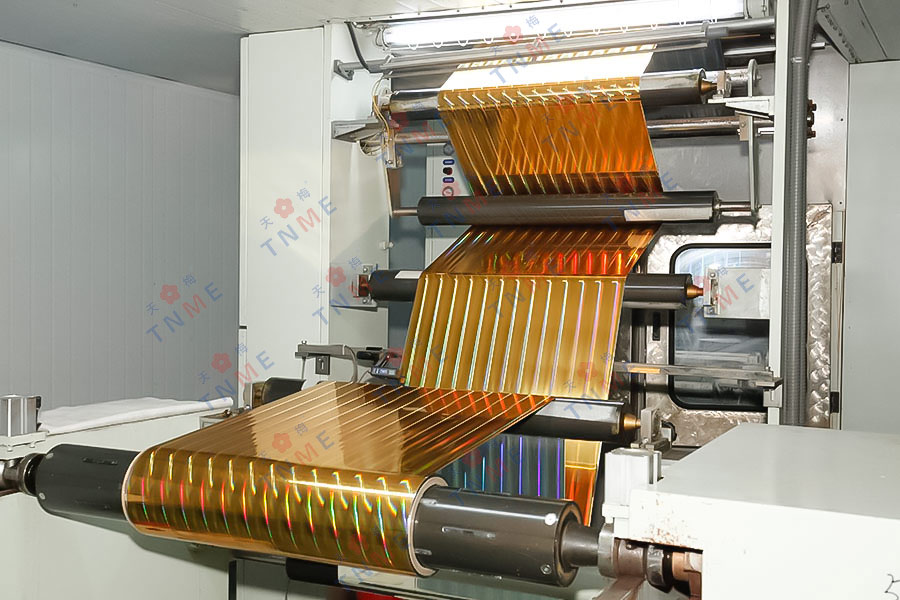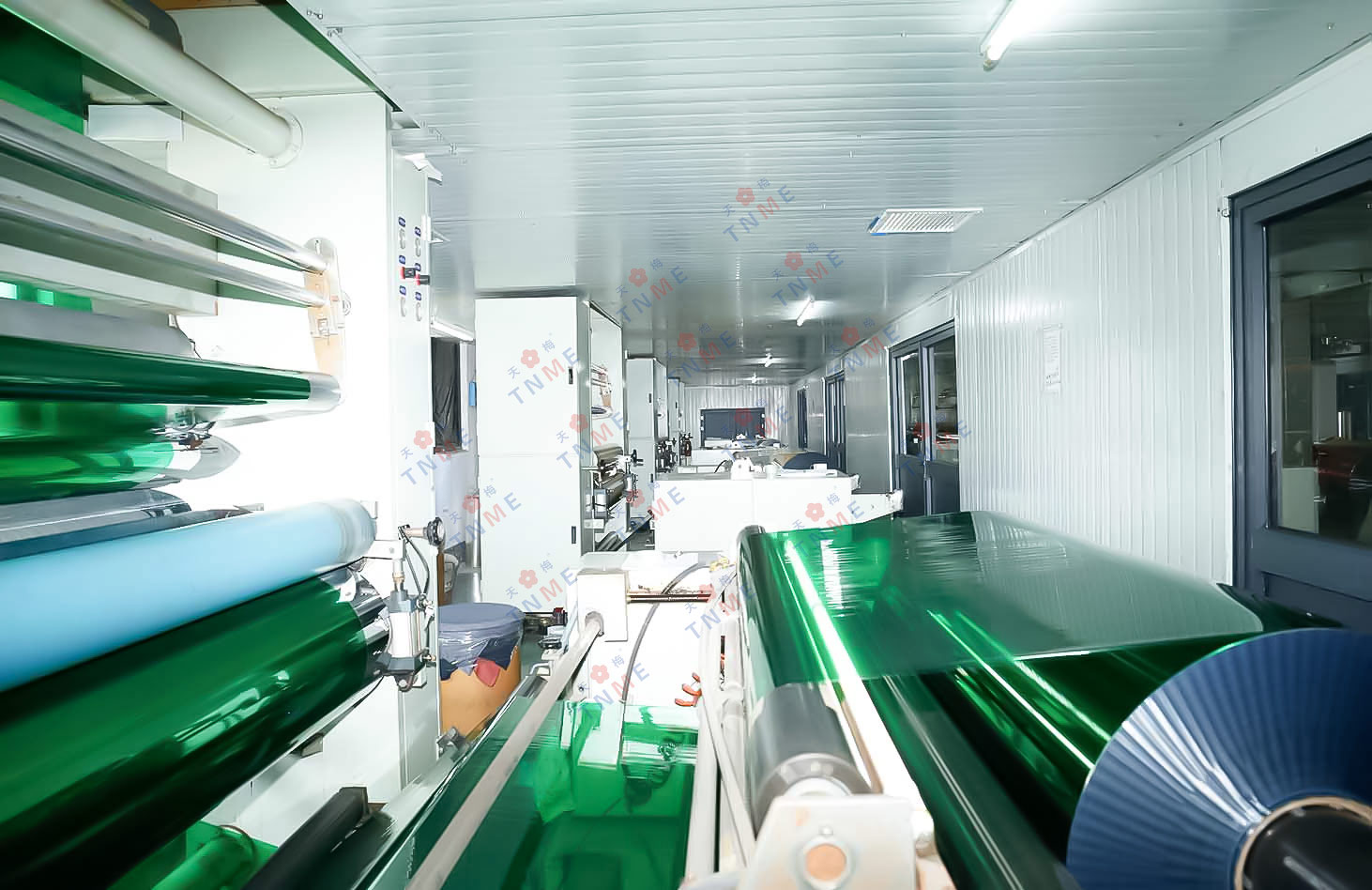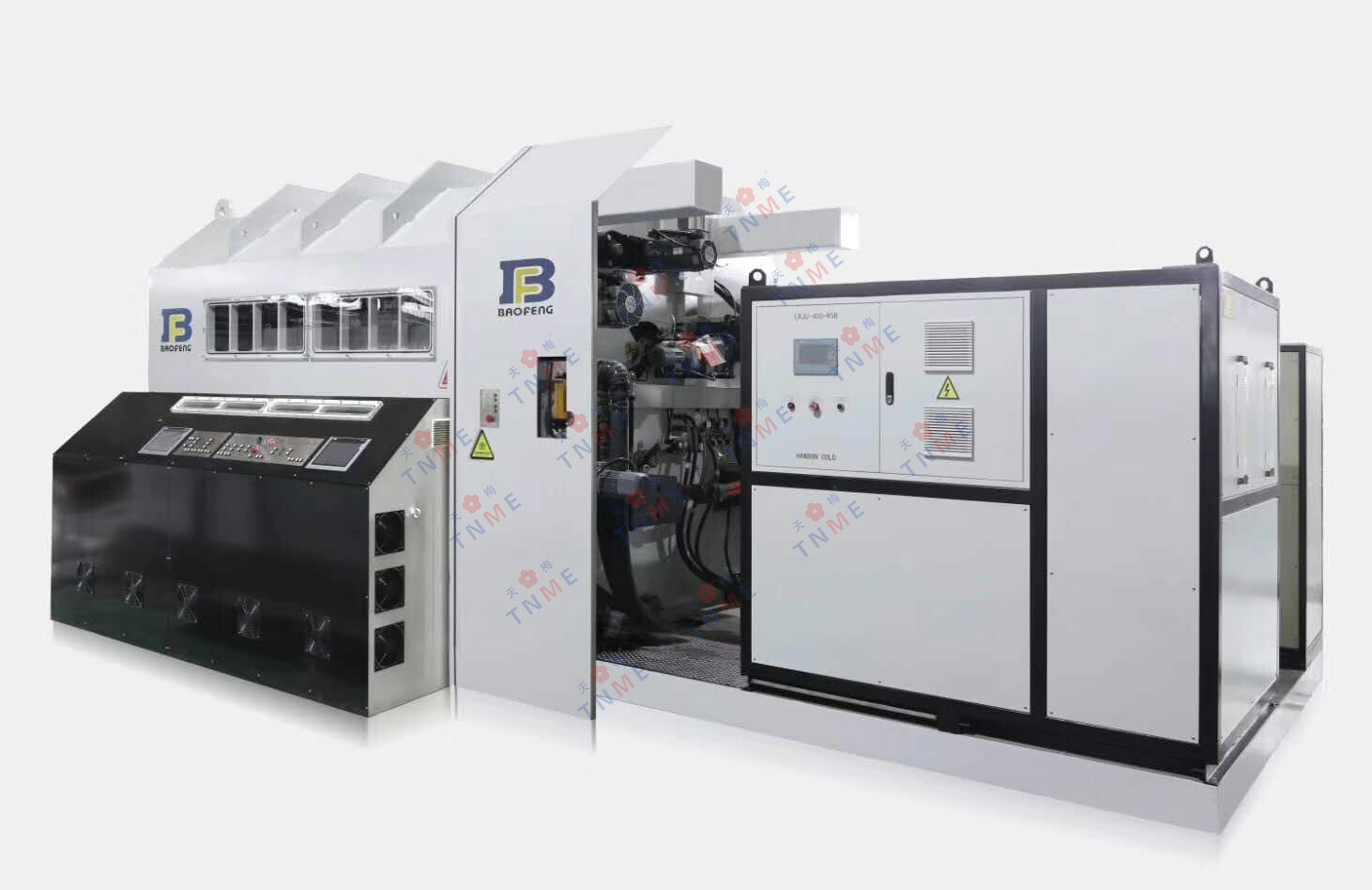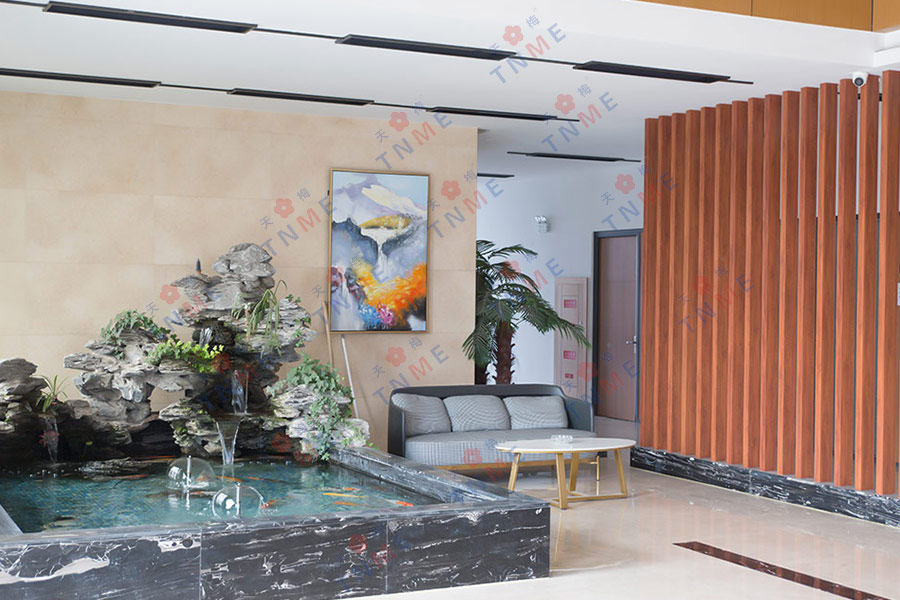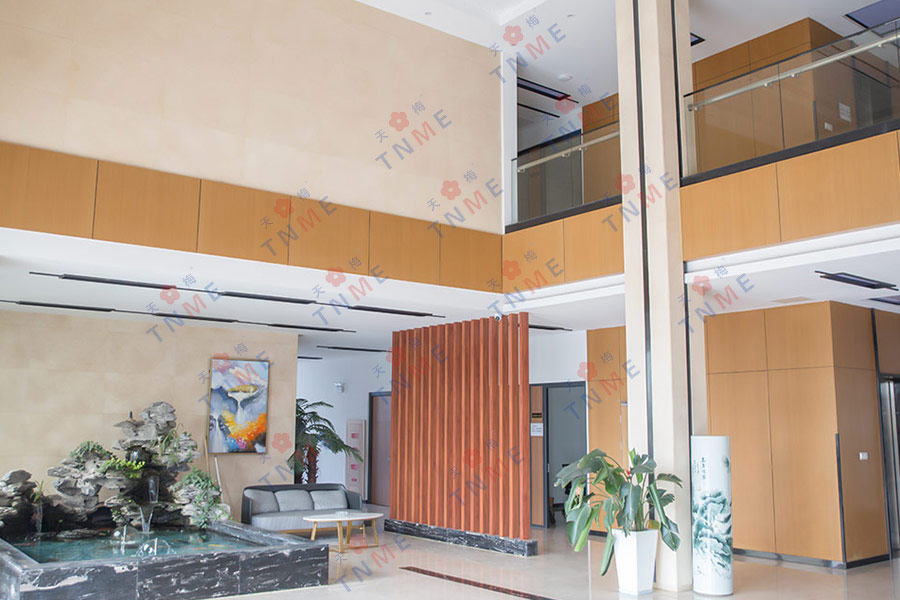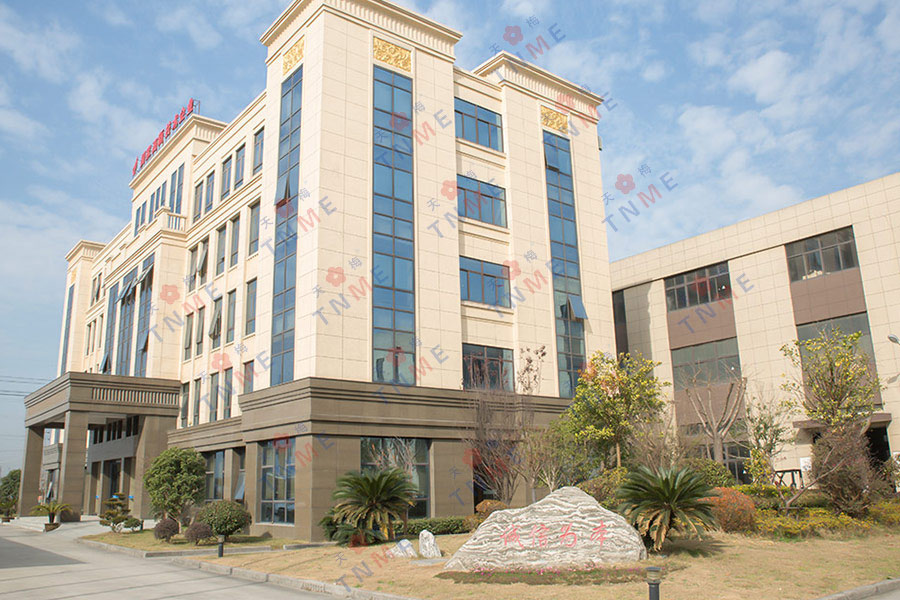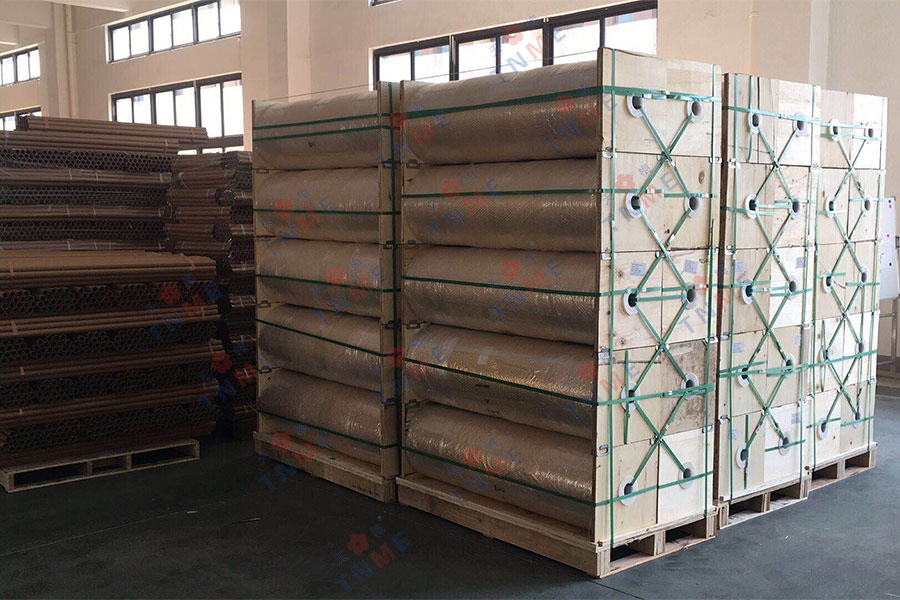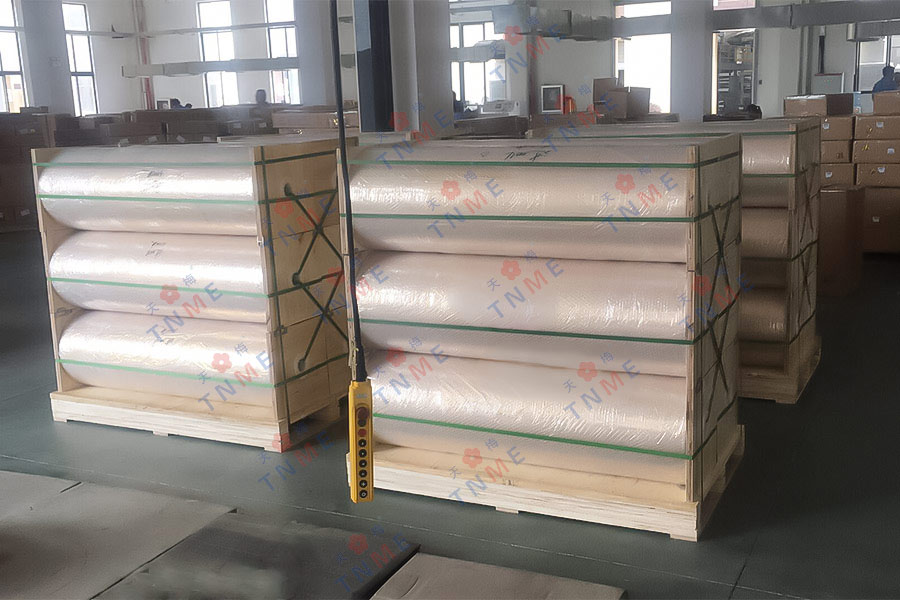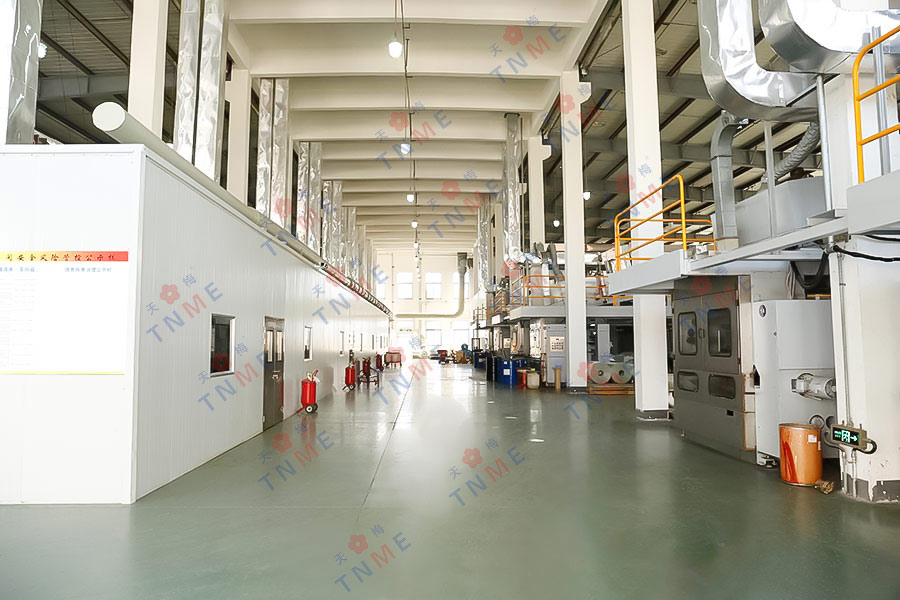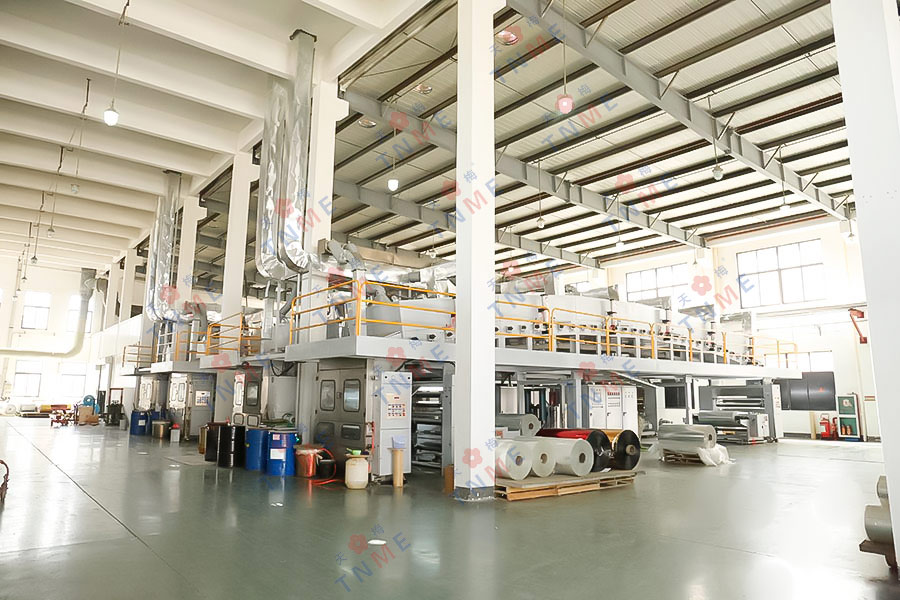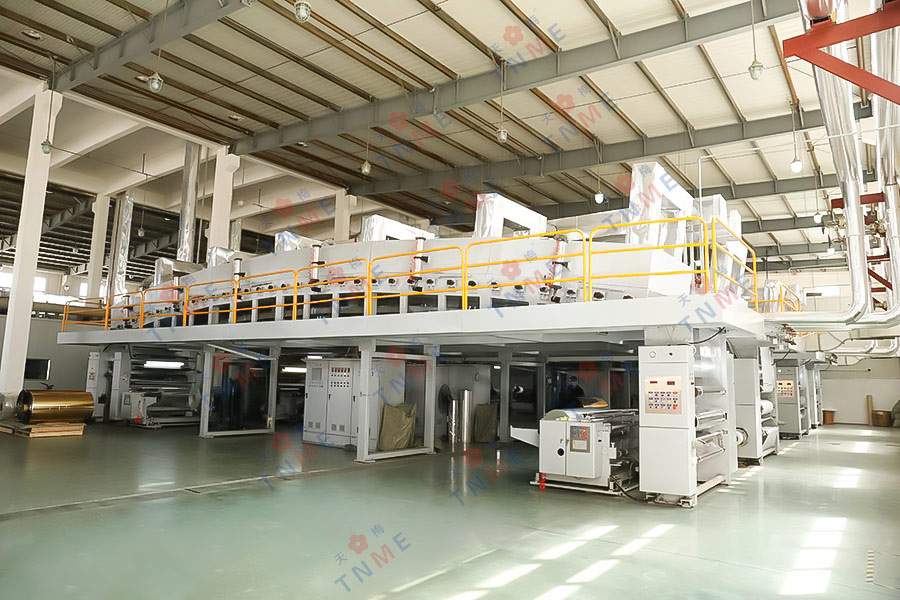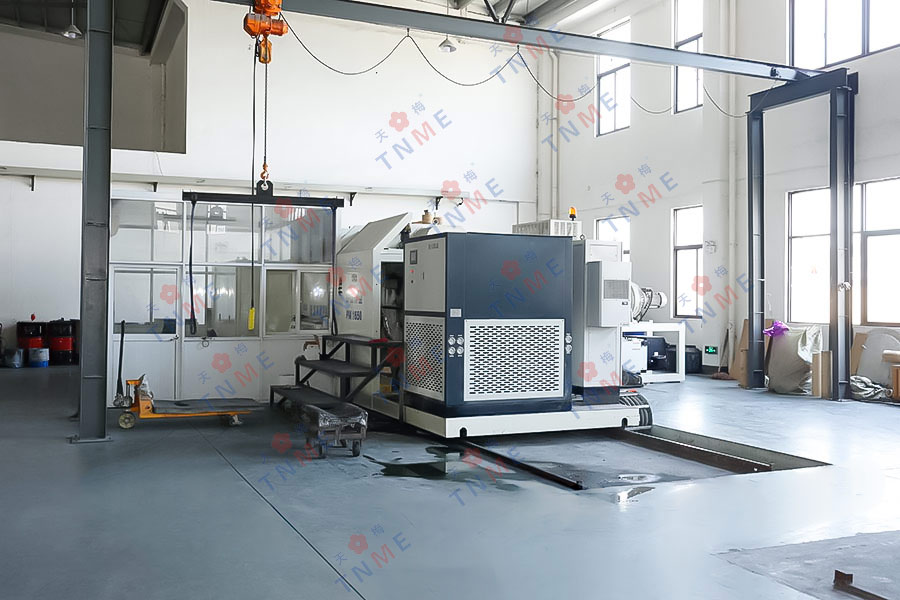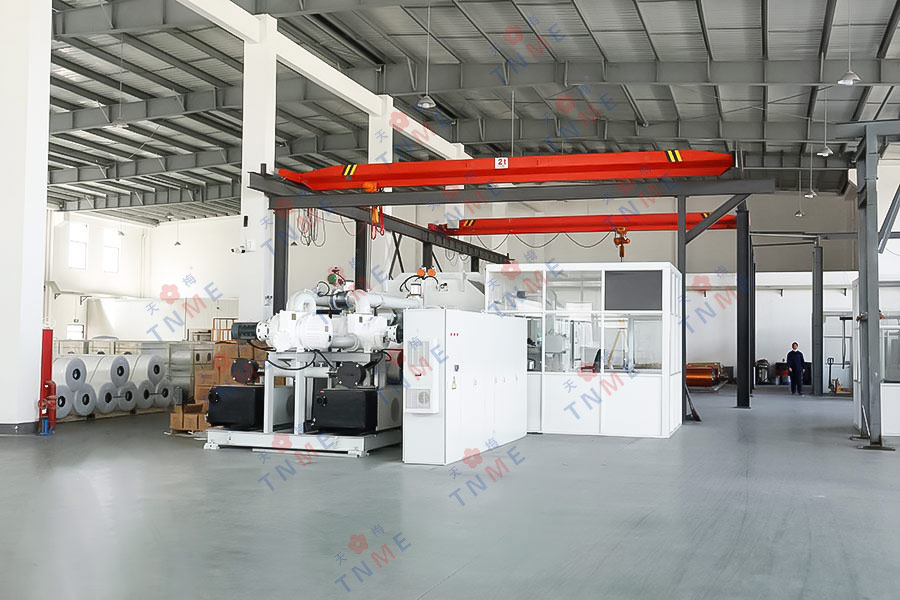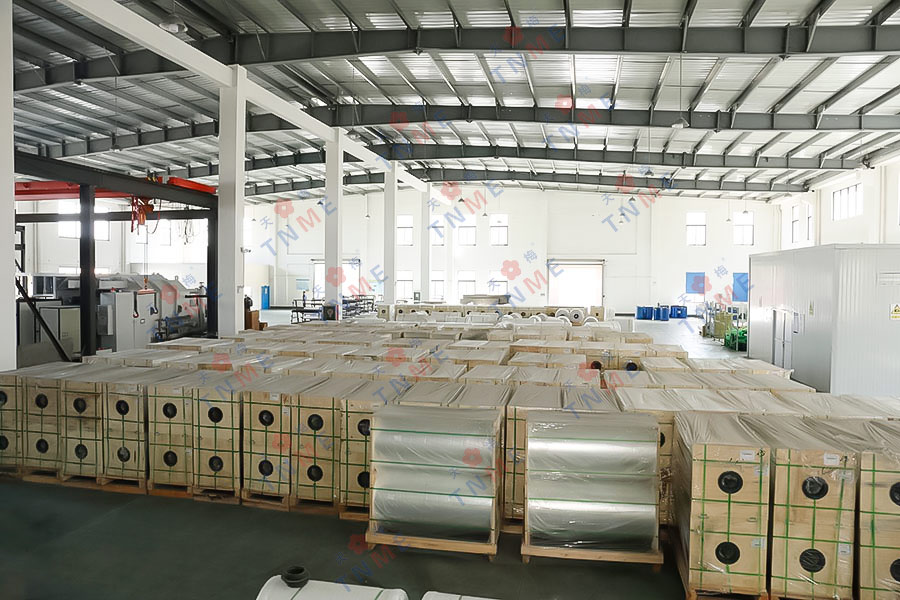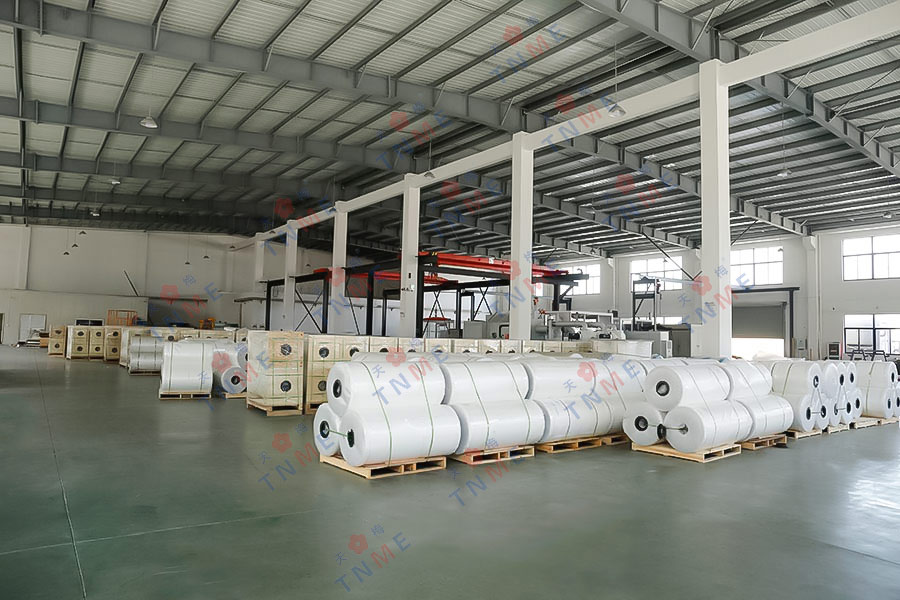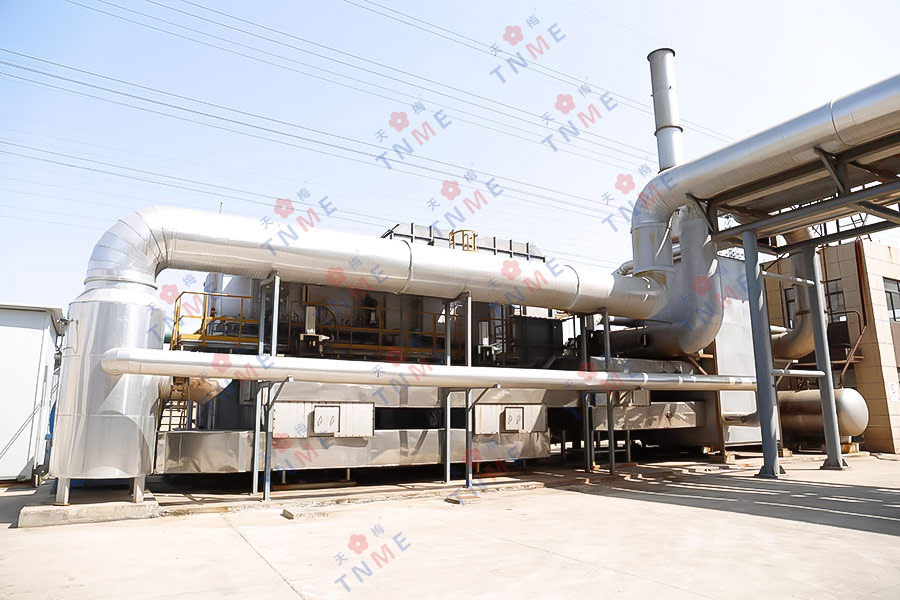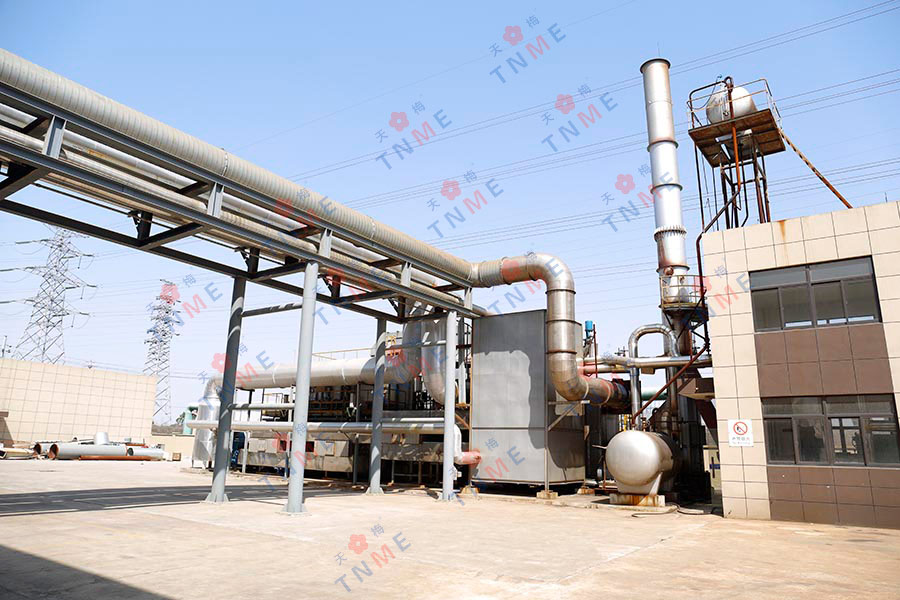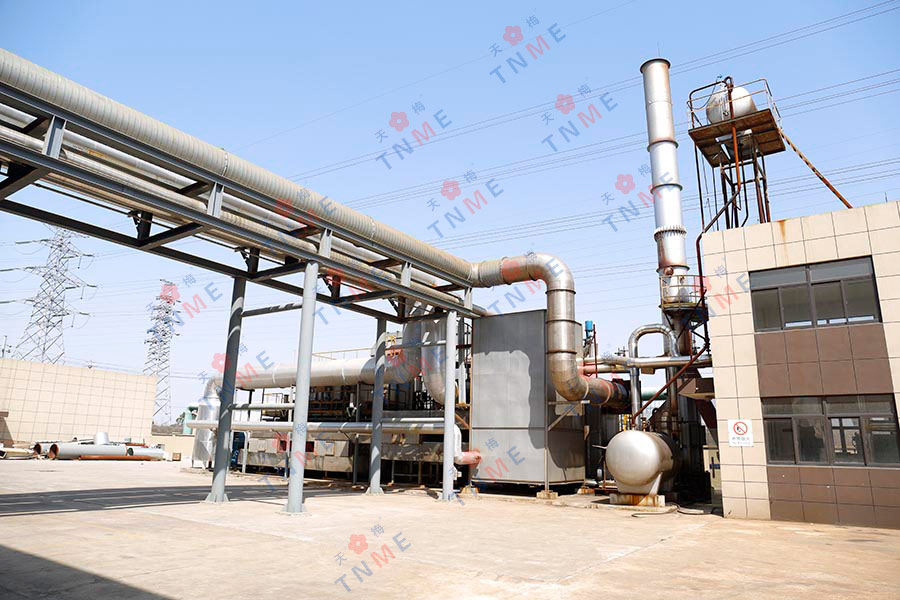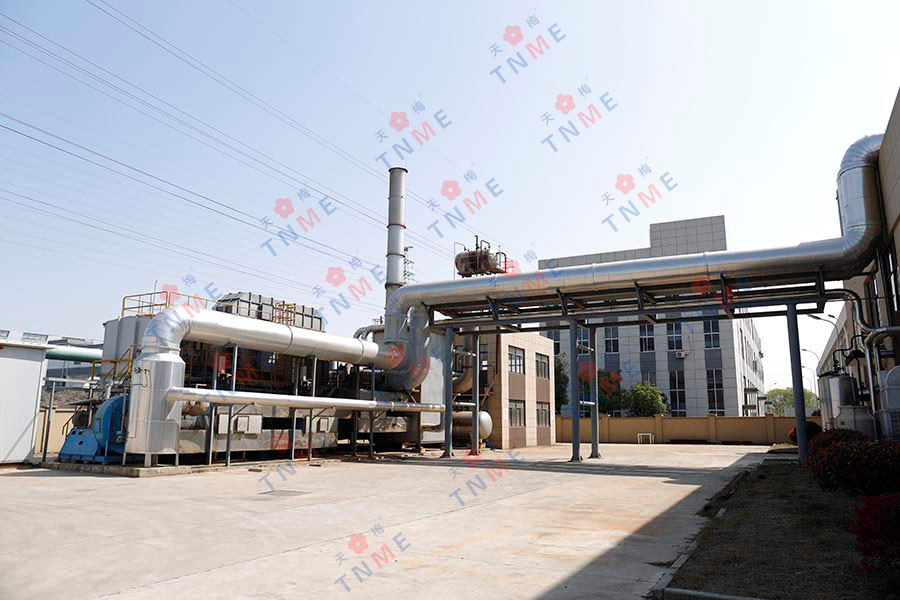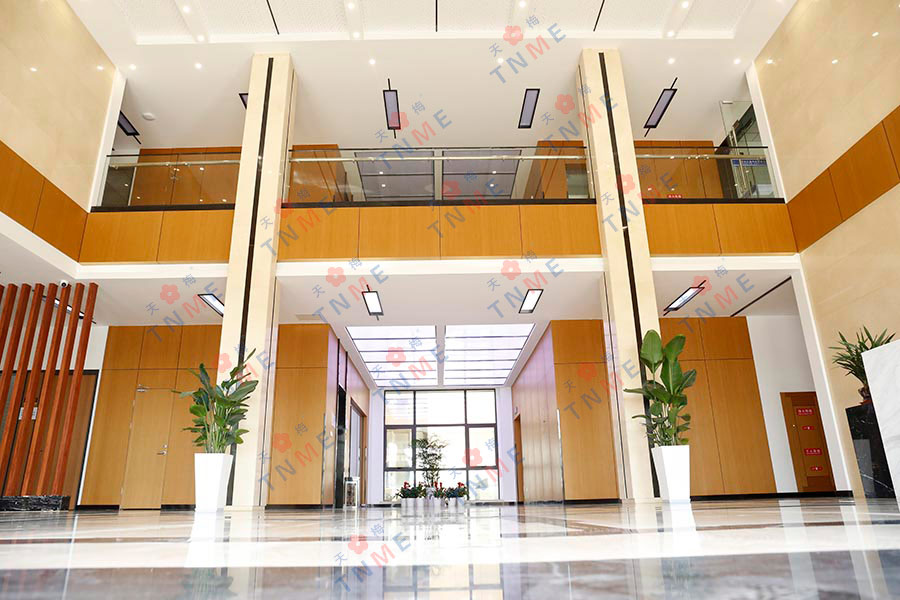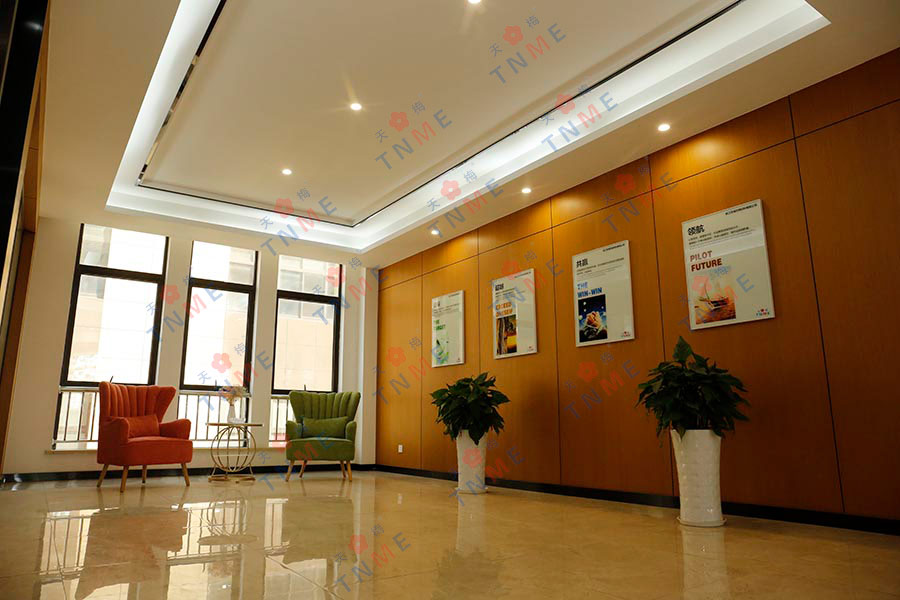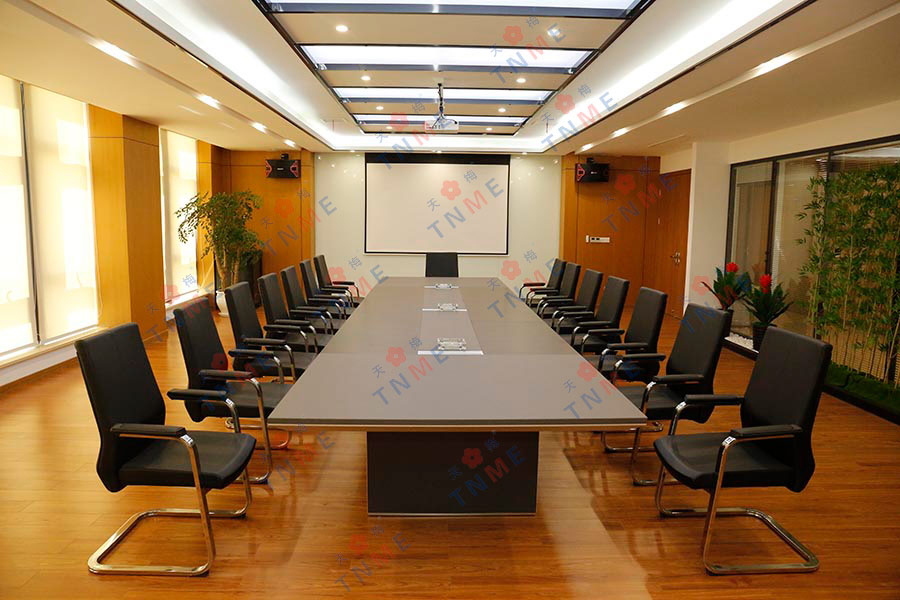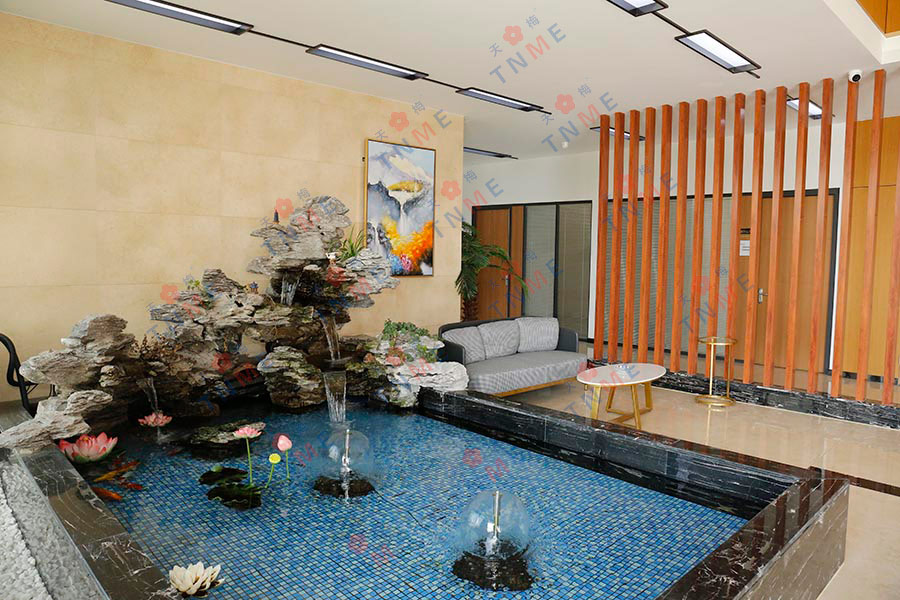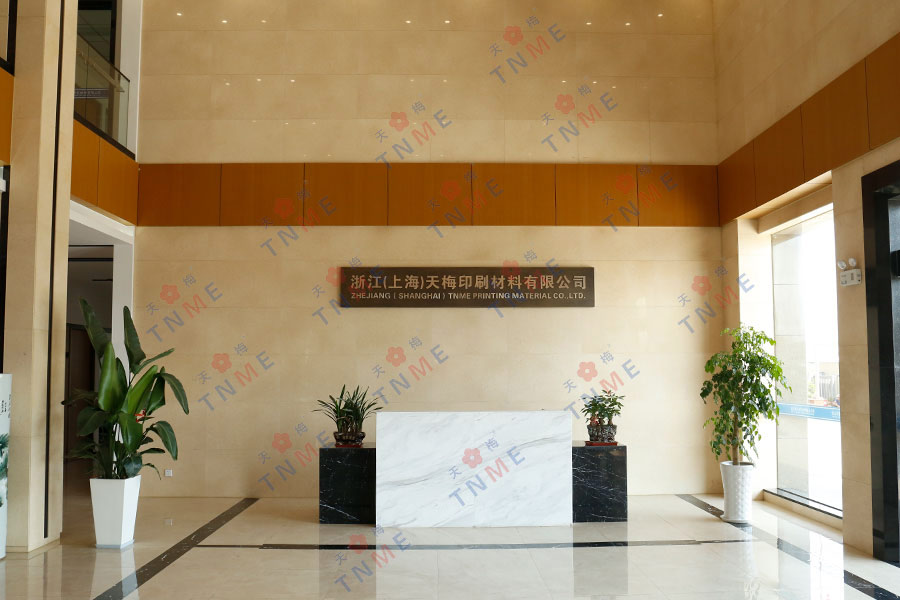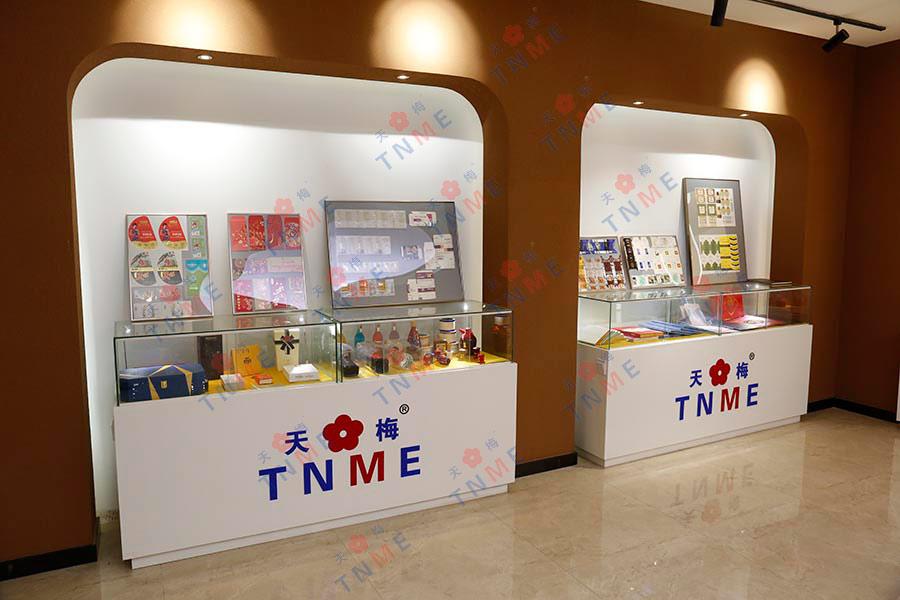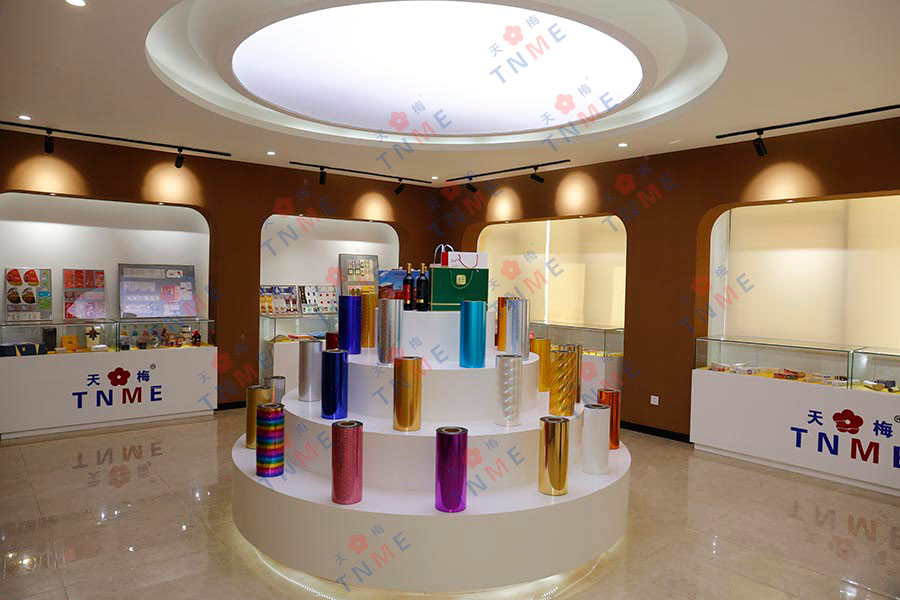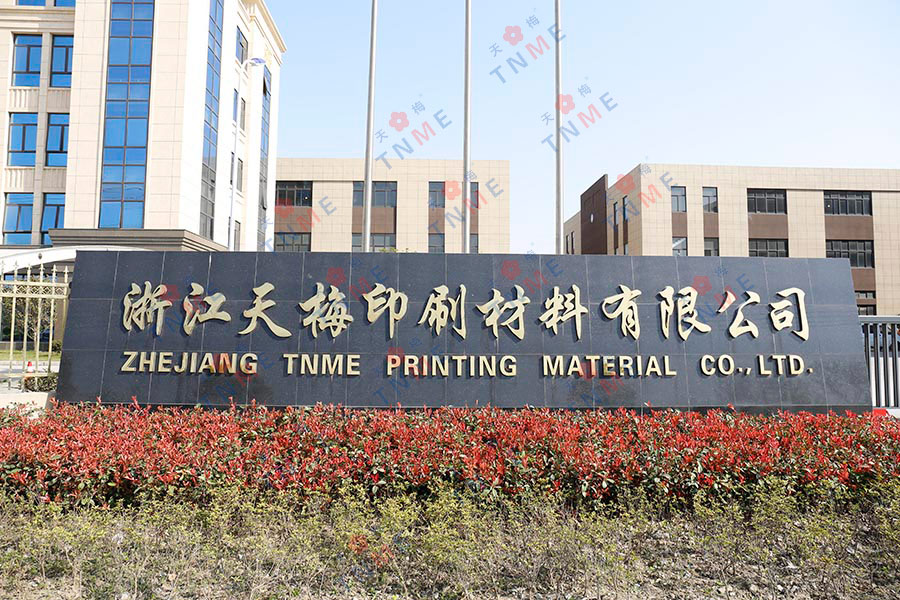Industry knowledge
What is cold foil and how does it differ from hot foil stamping?
Cold foil is a modern innovative technique used in the printing and packaging industry to create metallic effects on various materials, such as paper, film, or board. It is a cost-effective alternative to traditional hot foil stamping, offering unique advantages in terms of speed, versatility, and efficiency.
The cold foil application involves using a special adhesive and UV curable inks. The printing process begins with applying a layer of adhesive onto the desired design areas. Then, a thin layer of metal foil is transferred onto the adhesive using a printing plate or cylinder. The UV light instantly cures the adhesive, allowing it to stick to the foil, while any excess foil is removed, leaving only the desired metallic effect on the printed material.
One significant advantage of cold foil is its ability to offer a wider range of colors and special effects. Unlike hot foil stamping, cold foil can be printed in various colors, including white, silver, gold, or custom shades by overprinting inks on the foil. This enables designers to achieve vibrant and eye-catching metallic effects.
Another advantage is the fast production speed. Cold foil application can be easily integrated into the printing process, with no need for a separate hot stamping station. The foil application is done in-line, simultaneously with the printing job, resulting in faster production times and increased productivity. Additionally, cold foil allows for faster setup times and minimal waste compared to the traditional hot stamping process.
Cold foil also offers environmental benefits. The UV curable inks used in cold foil printing are solvent-free and produce less volatile organic compounds (VOCs) compared to hot foil stamping. The absence of heat also reduces the risk of fumes or oils being released during the printing process.
Are there any specific requirements or considerations when designing for cold foil application?
When designing for
cold foil application, there are certain requirements and considerations that need to be taken into account in order to ensure a successful outcome. Here are some key points to consider:
1. Compatibility: Ensure that the design can be effectively translated onto a cold foil substrate. Certain design elements, such as fine lines and small text, may not work well with cold foil application due to the limitations of the process. It's important to discuss with the print provider to determine feasibility.
2. Inks: Use inks that are compatible with cold foil application. Generally, oil-based or UV-curable inks are recommended for best results. Water-based inks may not adhere properly to the cold foil.
3. Artwork Preparation: Prepare the artwork in vector format for better scalability and flexibility. Make sure to outline fonts and embed images to avoid any potential issues or font substitutions during printing.
4. Registration: Pay close attention to registration marks in the design to ensure accurate alignment between the print and cold foil layers. This is particularly crucial when incorporating multiple colors or intricate designs.
5. Metallic Effects: Consider how the cold foil will interact with the design. Some metallic elements may become dull or lose their shine due to the reflective nature of the foil. Adjustments may be necessary to ensure the desired metallic effect is achieved.
6. Overprinting: Think about how the cold foil will interact with other printing techniques, such as offset or digital printing. Some color combinations may result in undesired effects, so it's important to conduct tests or consult with the print provider for recommendations.
7. Finishing: Cold foil can be combined with other finishing techniques, such as embossing or varnishing, to add texture and depth to the design. Ensure that the design allows for these additional processes without compromising the overall aesthetic.
8. Cost Considerations: Cold foil application can add to the production costs, so it's important to optimize the design for efficiency. Avoid excessive coverage with cold foil as it can increase the production time and expenses. Work closely with the print provider to find a balance between aesthetics and cost effectiveness.
By considering these requirements and factors, designers can create designs that are optimized for cold foil application, resulting in visually stunning and professionally executed products.
